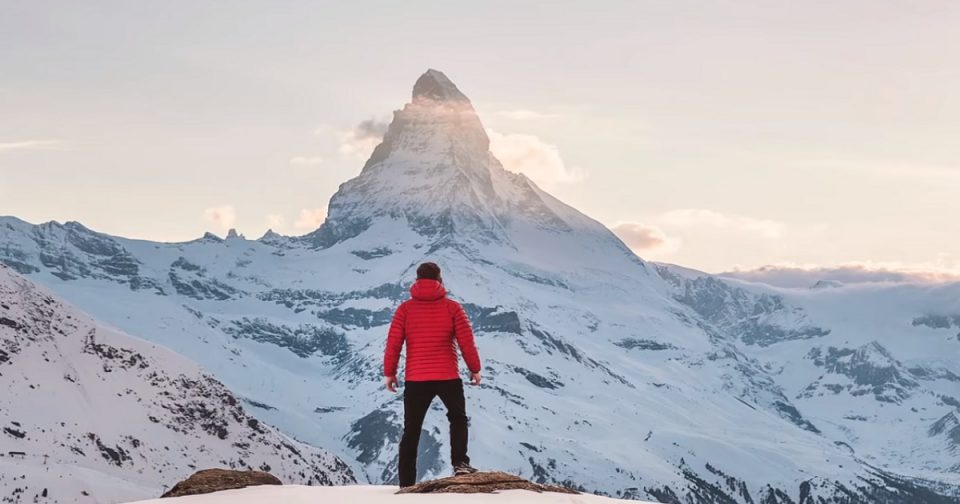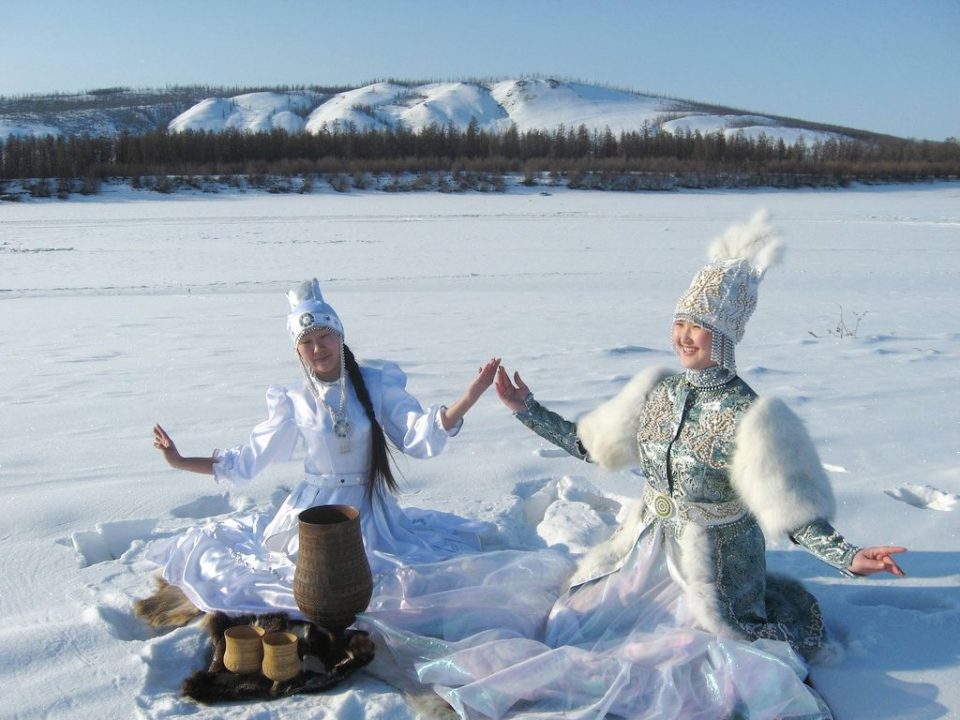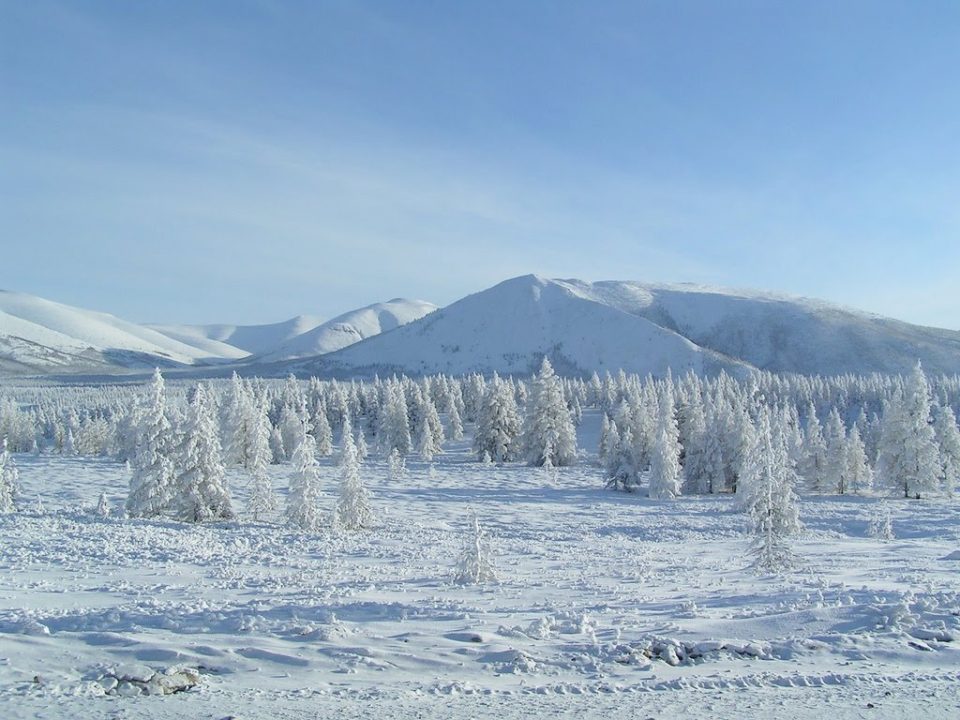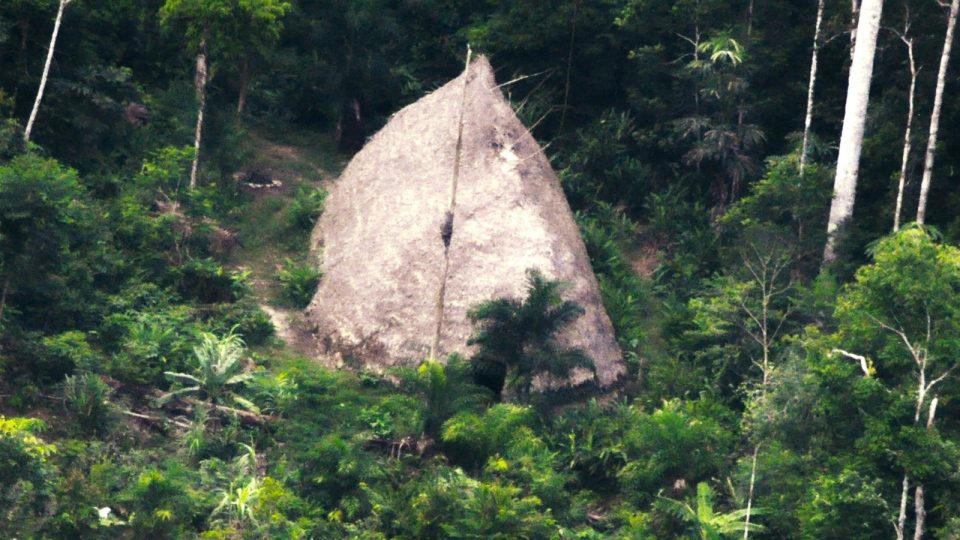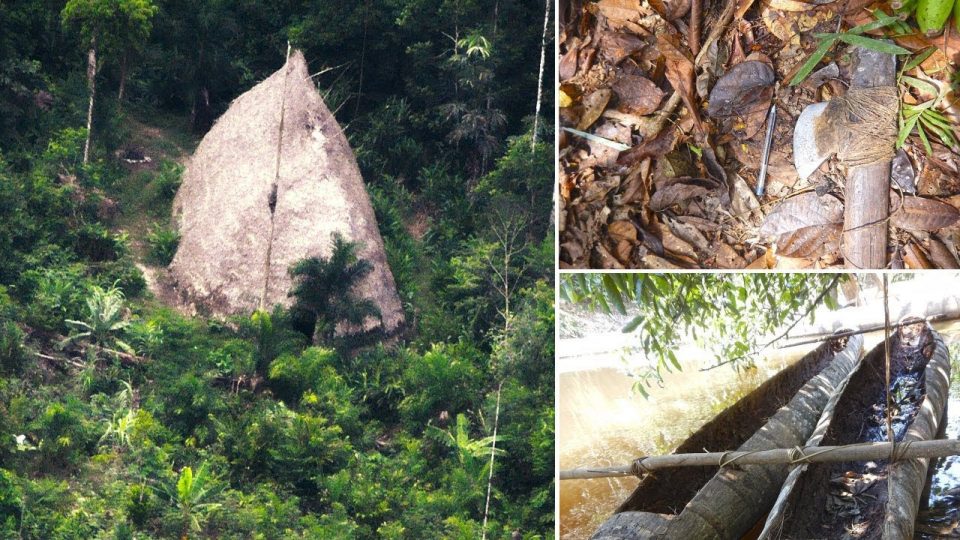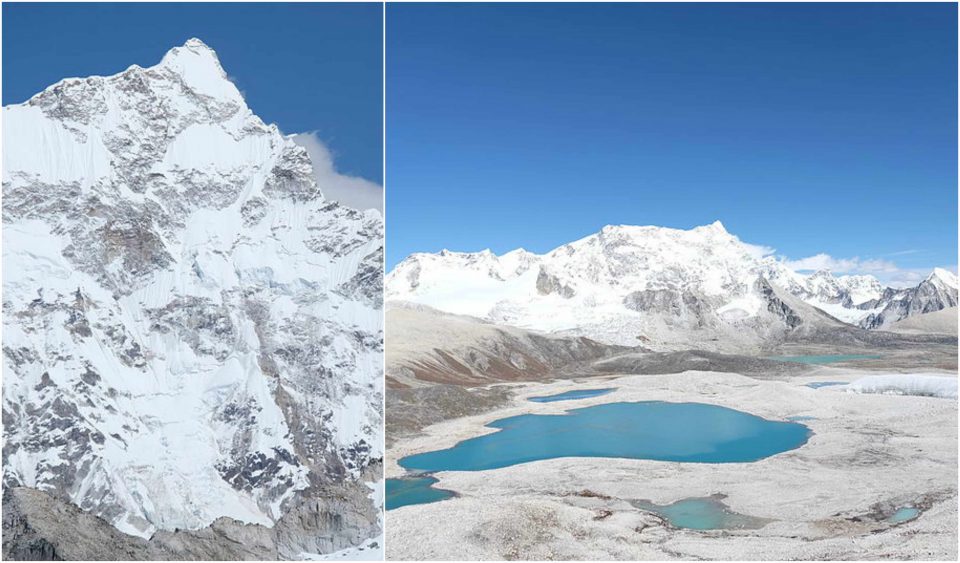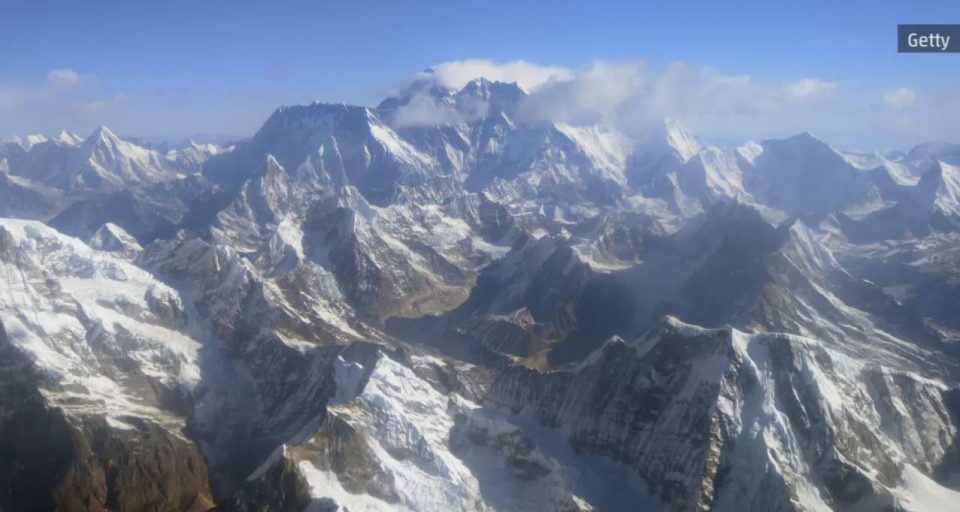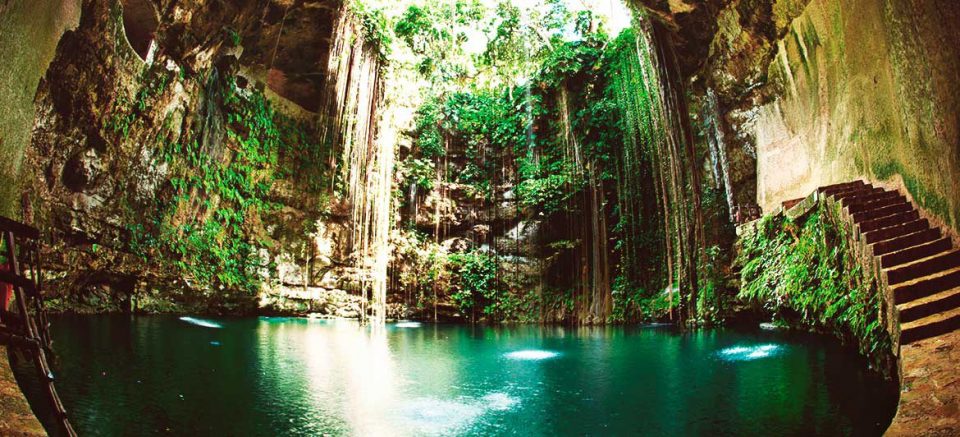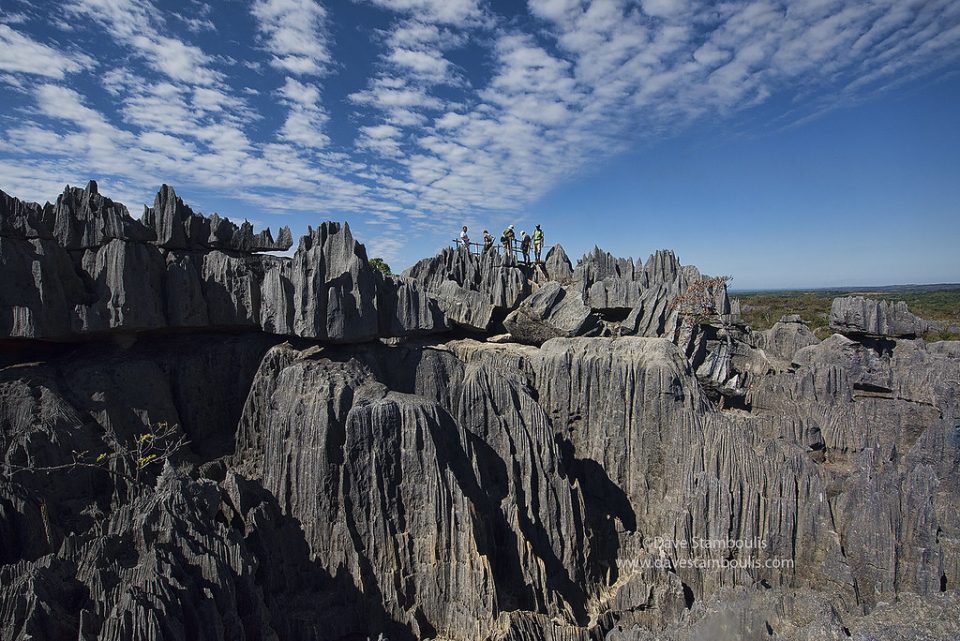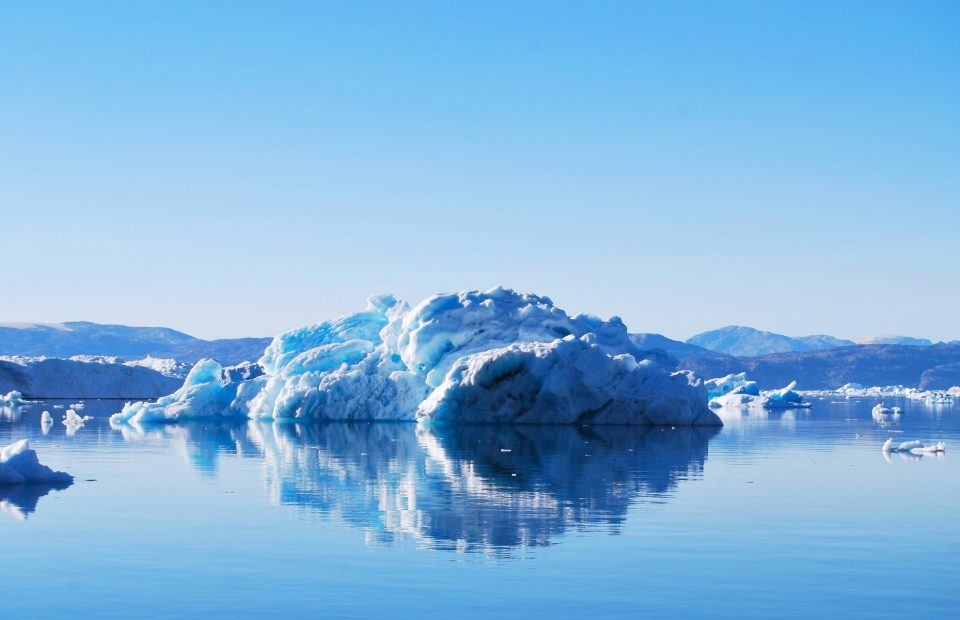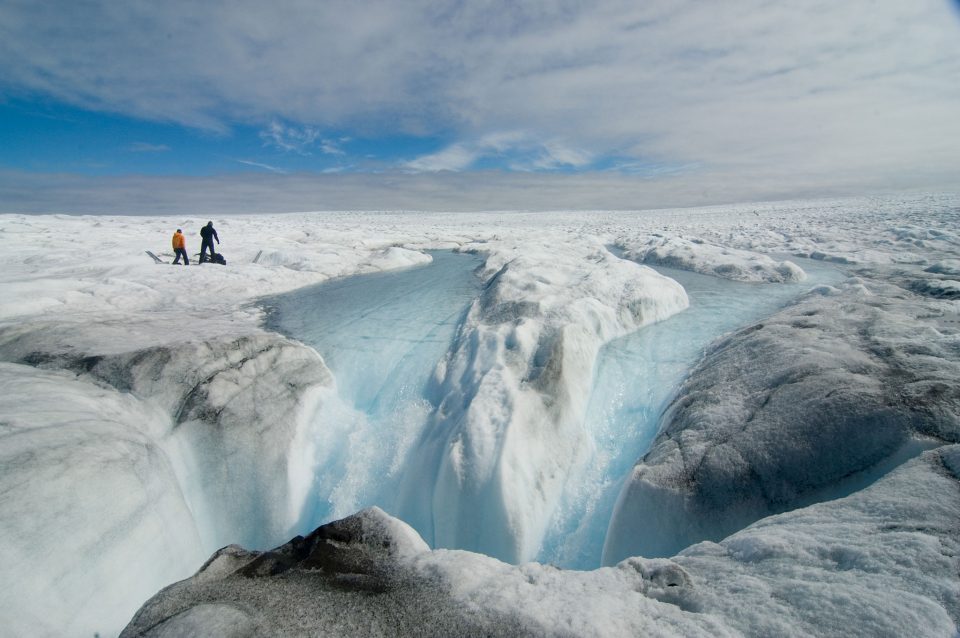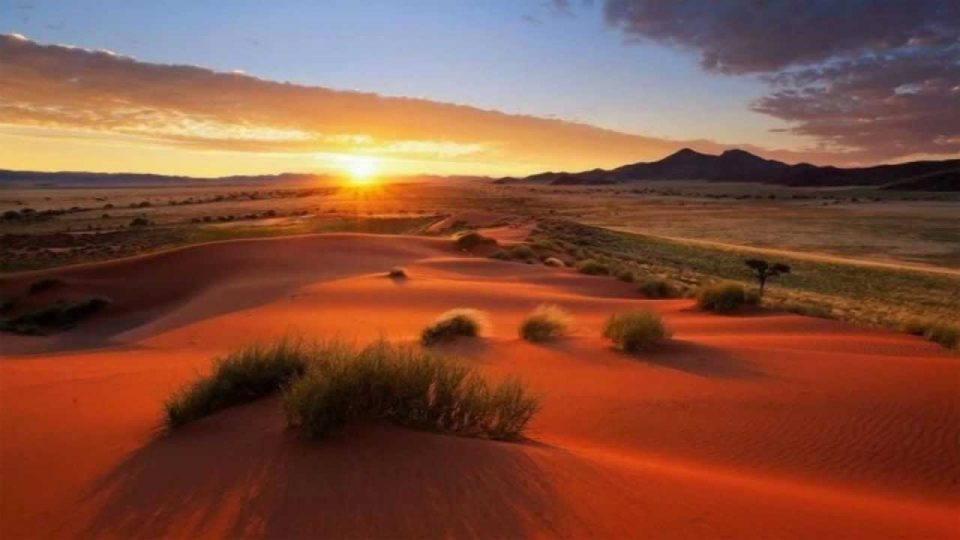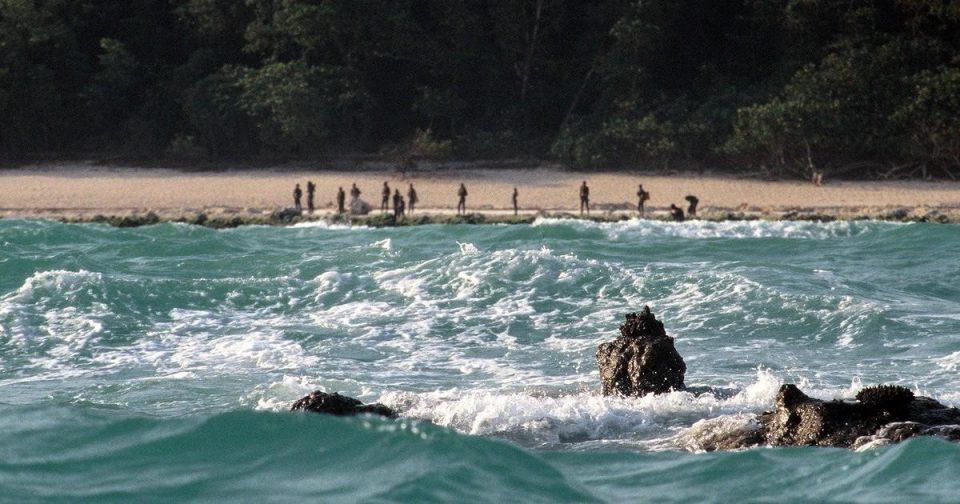Some people may believe that the whole world has been explored by now because they don’t see any men in big hats driving wooden sailboats around.

These people would be surprised to find out that there are in fact still places on earth that remain unexplored. The following are some places that you will almost certainly never get to go to, even if you really wanted to.
Number 10
Siberian Sakha Republic. The Siberian Sakha Republic covers about 20% of Russia. Much of it is above the Arctic Circle, a place not known for being very human-friendly because the average temperature is somewhere between – 40 degrees Fahrenheit and freezing. The Siberian Sakha Republic is roughly the size of the entire country of India. Due to the extreme conditions, it remains largely unexplored. Most of the region is covered in permafrost, which is frozen soil. So basically, it’s so cold that the ground is frozen solid all the time, but isn’t even ice. Good luck trying to trek through these brutal conditions.
Number nine
Vale Do Javari, Brazil. This next one refers to a place that no modern, civilized human has ever set foot in. In fact, there aren’t very many unconnected groups of people left in the world, but of the ones that do exist, 14 of them live in Vale Do Javari in Brazil. The area is home to an estimated 3,000 indigenous people, who have never seen a Pontiac Aztec, or even a wheel, for that matter. The Brazilian government has made entering this Austria-sized area illegal and keeps loose track of the inhabitants by observing them from the air. The tribes live the same way that all humans did all the way up until the agricultural revolution and the birth of civilization. The Fundação Nacional do Índio, or National Indian Foundation, has stated that the area has the greatest concentration of isolated groups in the Amazon and the world.
Number eight
The Mariana Trench. The Mariana Trench is the deepest point in the entire ocean. It is a 1,500 mile-long scar in the earth’s crust at the bottom of the Pacific located east of the Philippines. The maximum depth, located in an area of the trench known as the Challenger Deep, is 36,000 feet deep. For perspective, if you were to drop Mount Everest right into Challenger Deep, the peak would still be a mile underwater. The only things that live in the Mariana Trench are Xenophyophore, which are strange single-cell organisms that survive by using minerals in the water to form an exoskeleton. Something scientists have yet to confirm but is probably true is that the trench is home to massive sea monsters that mankind will one day have to fight with giant robots. Interestingly enough, President George W. Bush made the trench an official United States National Monument in 2009.
Number seven
Gangkhar Puensum Gangkhar Puensum, meaning White Peak of the Three Spiritual Brothers, is the highest unclimbed mountain in the world and the 40th highest mountain overall. Located in Bhutan, four different teams made attempts to summit the mountain in 1985 and 1986, but all failed due to extreme weather conditions. If reading this article gives you a burning desire to be the first to succeed, you may have to put off your expedition. In 1994, climbing mountains higher than 6,000 meters was been banned in the area due to the spiritual beliefs of the locals. Then, in 2003, mountaineering was banned altogether. Because so few people have even been on the mountain at all, its exact geography is actually up for dispute. Different countries put different areas of the range on different parts of the map. So before you could even summit the mountain, you would first have to deal with a large bureaucratic nightmare and protest the Bhutanese government. It is likely that Gangkhar Puensum will remain unsummitted for the foreseeable future.
Number six
Star Mountains. The Star Mountains are an enormous mountain range in Papua New Guinea that stretches all the way from the country’s border with Indonesia to the Hindenburg Range, a neighbouring mountain range with a less cool name. Located here is the Hindenburg Wall, a series of mile-high limestone plateaus. The mostly unexplored area has formed its own unique ecosystem and as a result, is home to many unique species. One biological survey found that of the 1,100 species they identified as living in the area, 100 had never been found anywhere else on the planet. The Star Mountains are also believed to be one of the wettest places on earth, receiving 10,000 millimeters per year. Five,
Yucatan Cenotes
The Yucatan Cenotes are a large cave network located in Mexico. A cenote is a particular type of cave that is formed when limestone bedrock collapses. Caves are, as you might expect, some of the most unexplored geographic features on this planet, because of just how difficult it is to get inside some of them. Parts of the Yucatan Cenotes are underwater, which creates additional problems for potential spelunkers. Even fish seem to know that underwater caves are bad news, since they’re often left alone, even by marine life. If the whole idea of an underground cave that nobody has ever been in isn’t spooky enough, ancient Mayans used to use cenotes just like the ones at Yucatan for sacrificial offerings. Maybe we should just leave things alone. I really don’t see anything good coming out of there.
Number four
Tsingy De Bemaraha National Park. Tsingy De Bemaraha National Park is located on the western edge of Madagascar. Madagascar itself was undiscovered by Europeans for some time, so being remote is in a way part of Madagascar’s history. The park gets its name from the Malagasy word tsingy, which means ‘where one cannot walk barefoot.’ Looking at the bizarrely shaped peaks of the limestone mountains, it’s easy to imagine a giant doing some sort of balancing act trying to get across. These limestone peaks essentially serve as a barrier to exploration, leaving most of the area just as it’s been since the beginning of time. You may be aware of the area via the game Civilization IV.
Number three
Greenland. Despite being, you know, a country, there are large parts of Greenland that are unexplored. This is because it’s eight million square miles, making it the largest island on the planet, and 80% of that eight million square miles is covered in ice, meaning it isn’t really super conducive to human travel. This ice is 3,200 meters thick in places, and 400,000 to 800,000 years old. Greenland’s population is only 56,000, so they don’t really need this massive amount of land. There’s no real incentive to spread out and deal with the terrible conditions.
Number two
The Namib Desert. You may want to bring at least one water bottle if you decide to go explore the Namib desert, as the region, one of the most arid in the world, gets only two millimetres of rain on average every year. It is believed to be the oldest desert on the planet. The 31,000 square mile area is almost totally uninhabited with the exception of a few small indigenous groups. The desert makes up a large part Namibia, which really kind of sucks for them, because it contains almost nothing besides sand and whatever desert plants and animals can survive on the most minimal amount of water you can imagine.
Number one
North Sentinel Island. North Sentinel Island tops this list, because of all these places, it is the one I would most strongly advise against visiting. The island, located in the Bay of Bengal, is the home of the Sentinelese, a group of people who reject, sometimes violently, any sort of contact with the outside world. Like the inhabitants of Vale Do Javari, they remain untouched by the modern world. While the island is technically under Indian jurisdiction, the government leaves the island alone and respects the Sentinelese apparent desire to simply be left alone by outsiders. The most recent contact anyone from civilization has made with the Sentinelese was in January of 2006, when two fishermen accidentally drifted too close to the island and were both killed by the tribe. Of course, there are lots of places people haven’t explored, like most of Antarctica and the North Pole. But we felt the ones listed here were some of the more interesting ones.
Now that you’re aware, do you have a burning desire to visit any of these places? Do you know of any similar places in the world? Will, you ever set shore on North Sentinel Island? Let us know what you think. Also, if you enjoyed this article, let us know if we can publish anything else you like. Thanks for reading!

